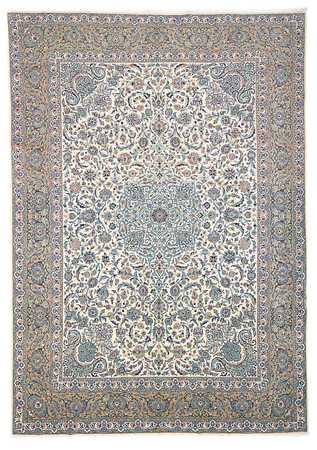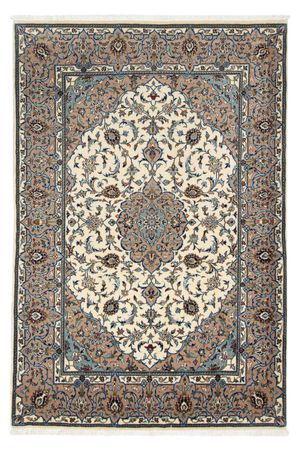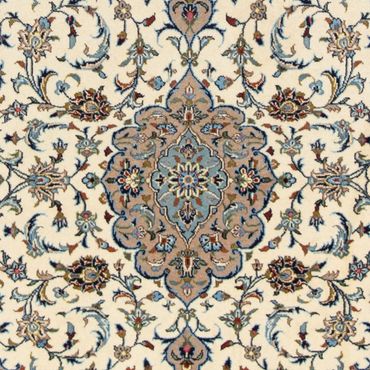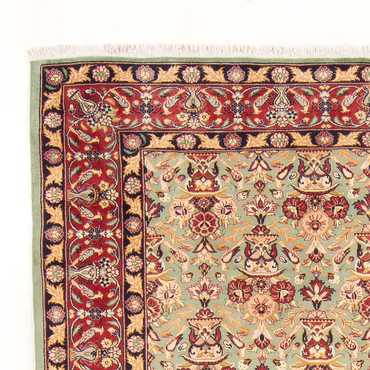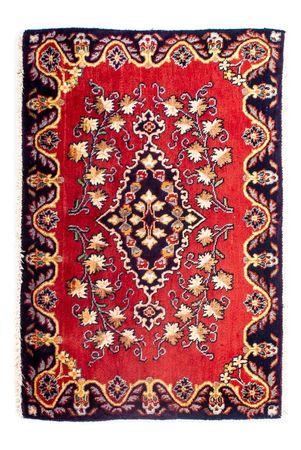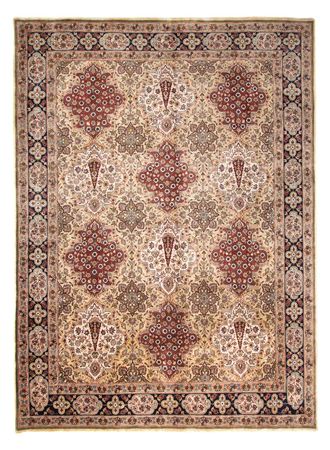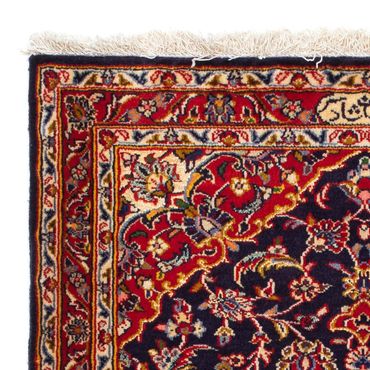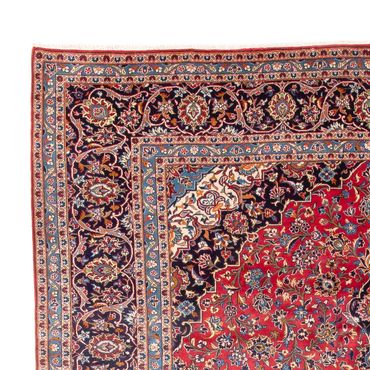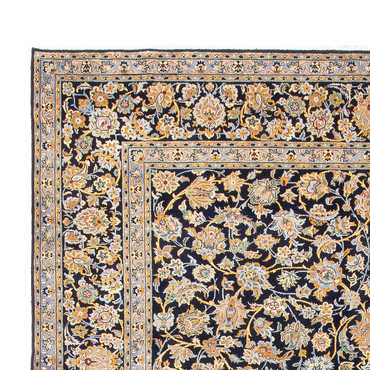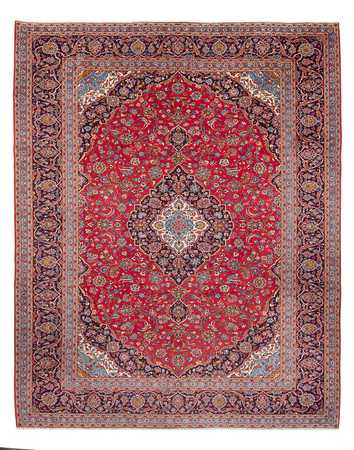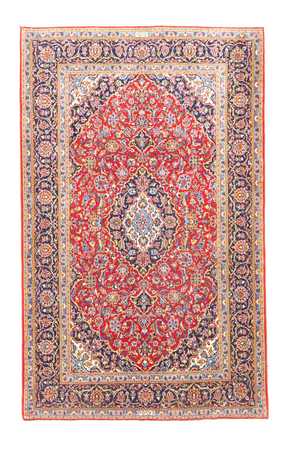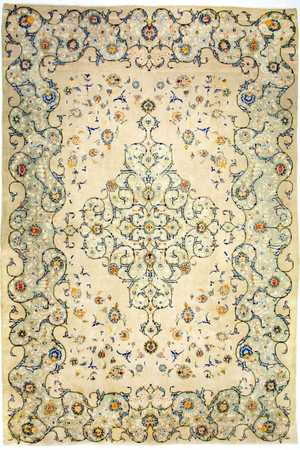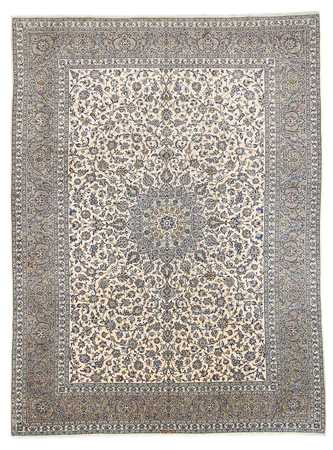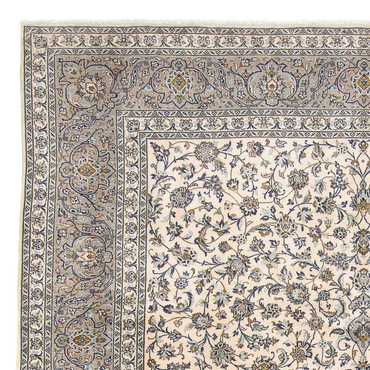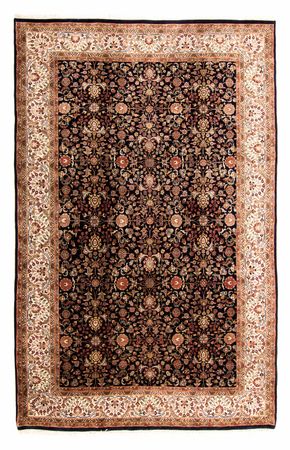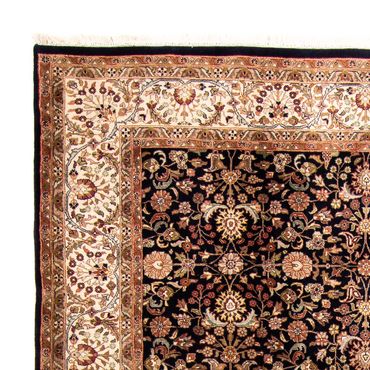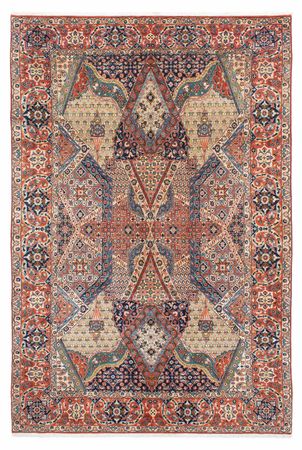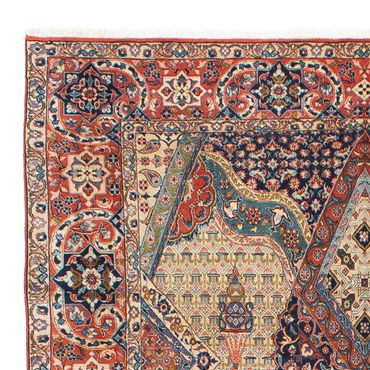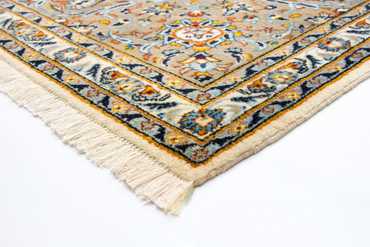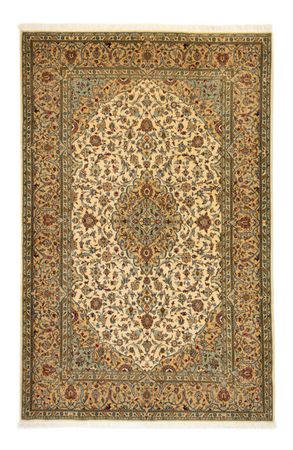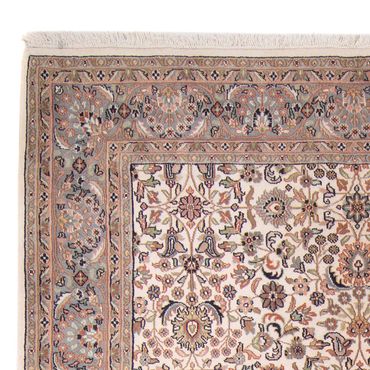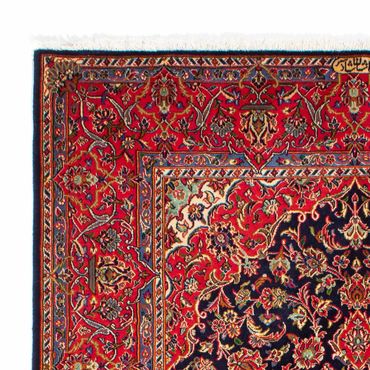- Perser Rug - Keshan -
291 x 1963,653 £
- Perser Rug - Keshan -
423 x 3128,647 £
-
- Perser Rug - Keshan -
172 x 1101,778 £
-
- Perser Rug - Classic -
285 x 1982,346 £4,662 £
-
- Perser Rug - Keshan -
369 x 2671,735 £
-
- Perser Rug - Keshan -
223 x 1412,812 £
-
- Perser Rug - Keshan -
113 x 78892 £1,641 £
-
- Perser Rug - Keshan -
225 x 1383,060 £
-
- Perser Rug - Keshan -
400 x 2922,410 £
-
- Perser Rug - Keshan -
408 x 2922,457 £4,684 £
-
- Perser Rug - Keshan -
397 x 3002,457 £4,492 £
-
- Perser Rug - Keshan -
295 x 2003,437 £
-
- Perser Rug - Keshan -
421 x 3023,001 £
-
- Perser Rug - Keshan -
228 x 1422,657 £
-
- Perser Rug - Keshan -
420 x 2903,010 £
-
- Perser Rug - Keshan -
400 x 3006,887 £
-
- Perser Rug - Keshan -
217 x 1421,451 £
-
- Perser Rug - Classic -
295 x 2003,780 £
-
- Perser Rug - Keshan -
413 x 3071,800 £4,414 £
-
- Runner Perser Rug - Keshan -
305 x 120639 £1,525 £
-
- Perser Rug - Keshan -
216 x 1422,305 £
-
- Perser Rug - Keshan -
223 x 1453,015 £
-
- Oriental Rug - Keshan - Indus -
245 x 1651,709 £3,354 £
-
- Perser Rug - Keshan -
214 x 1421,223 £
-
- Perser Rug - Keshan -
220 x 1443,060 £5,849 £
-
Kashan Rugs - A Timeless Tradition of Elegance and Craftsmanship
Kashan rugs are renowned for their exquisite beauty and timeless elegance. Originating from the city of Kashan in Iran, these rugs have captured the hearts of collectors and enthusiasts around the world. With their rich history, intricate designs, and superior craftsmanship, Kashan rugs continue to be treasured pieces of art. In this article, we will delve into the fascinating world of Kashan rugs, exploring their history, characteristics, significance, and more.
Introduction
Kashan rugs hold a special place in the realm of Persian carpets. They are known for their exceptional quality and artistic value, making them highly sought after by rug connoisseurs. Each Kashan rug tells a story through its intricate patterns and skilled weaving techniques. Let us embark on a journey through the captivating heritage of these remarkable rugs.
History of Kashan Rugs
Kashan, a city located in central Iran, has a long-standing tradition of rug weaving that dates back centuries. The roots of Kashan rugs can be traced to the 17th century, during the rule of the Safavid dynasty. At that time, the city was a hub of artistic excellence, attracting master craftsmen who dedicated their skills to creating exquisite rugs. Kashan rugs quickly gained popularity and became sought-after treasures among the aristocracy and nobility.
Characteristics of Kashan Rugs
Kashan rugs are known for their unique characteristics that set them apart from other Persian rugs. These rugs are typically made from high-quality wool or silk, which lends them durability and a luxurious texture. They are meticulously hand-knotted, using traditional techniques passed down through generations. The intricate designs and patterns feature a harmonious blend of geometric and floral motifs, often with a central medallion as the focal point.
Materials Used
The materials used in creating Kashan rugs play a crucial role in their beauty and longevity. Fine-quality wool, silk, and cotton are the primary materials employed by master weavers. The wool provides strength and resilience, while silk adds a lustrous sheen and enhances the intricacy of the designs. Cotton is used as the foundation of the rug, ensuring stability and durability.
Traditional Patterns
Kashan rugs boast a rich repertoire of traditional patterns that reflect the cultural heritage of the region. One of the most famous designs is the "Shah Abbasi" pattern, characterized by a central medallion surrounded by intricate floral motifs. Other popular patterns include the "Garden of Paradise," "Hunting Scene," and "Tree of Life." Each pattern holds symbolic meanings and tells stories inspired by Persian mythology and nature.
Colors and Designs
Kashan rugs exhibit a diverse range of colors and designs, offering something for every taste and style. The color palette often features deep reds, blues, and ivory, with accents of gold and green. These vibrant colors harmonize beautifully with the intricate designs, creating a captivating visual impact. From bold geometric patterns to delicate floral motifs, Kashan rugs showcase the artistic prowess of their creators.
Techniques Used
Crafting a Kashan rug requires exceptional skill and precision. The weavers employ traditional Persian knotting techniques, such as the asymmetrical or Senneh knot, which allows for intricate details and greater design flexibility. The density of the knots per square inch determines the quality and intricacy of the rug. Skilled weavers can create rugs with exceptionally high knot counts, resulting in intricate patterns with remarkable clarity.
Types of Kashan Rugs
Kashan rugs can be categorized into different types based on their size, design, and weaving techniques. The most renowned types include the "Kashan Mohtasham" rugs, known for their fine craftsmanship and delicate designs. The "Kashan Lavar" rugs are prized for their large size and grandeur. Other notable variations include the "Kashan Silk" rugs, which exhibit unparalleled elegance and a luxurious texture.
Significance and Prestige
Owning a Kashan rug is not merely possessing a beautiful floor covering; it is a testament to refined taste and appreciation for timeless art. These rugs hold immense cultural and historical significance, representing the heritage of a bygone era. Kashan rugs have adorned the palaces of royalty and the homes of connoisseurs, symbolizing prestige, opulence, and artistic excellence.
Caring for Kashan Rugs
Proper care and maintenance are essential to preserve the beauty and longevity of Kashan rugs. Regular vacuuming and rotation can help prevent wear and tear. Avoid placing the rug in direct sunlight to prevent color fading. In case of spills or stains, it is advisable to seek professional cleaning services experienced in handling delicate rugs. With proper care, a Kashan rug can be enjoyed for generations to come.
The Role of Kashan Rugs in Interior Design
Kashan rugs have a significant impact on interior design, adding elegance, warmth, and a touch of artistry to any space. These rugs effortlessly anchor a room, becoming the focal point that ties the elements together. Whether placed in a traditional or contemporary setting, Kashan rugs infuse a sense of luxury and sophistication, elevating the overall aesthetic appeal.
Famous Kashan Rug Examples
Several famous Kashan rugs have captivated collectors and art enthusiasts throughout history. One notable example is the "Ardebil Carpet," now housed in the Victoria and Albert Museum in London. This remarkable rug is celebrated for its exceptional craftsmanship and intricate designs. Another renowned piece is the "Coronation Carpet," which was presented to King Edward VII during his coronation ceremony in 1902.
Conclusion
Kashan rugs epitomize the epitome of timeless elegance and artistry. From their rich history and intricate designs to the skilled craftsmanship that brings them to life, these rugs hold a cherished place in the world of decorative arts. Owning a Kashan rug is not just acquiring a floor covering; it is embracing a piece of history, culture, and enduring beauty.


